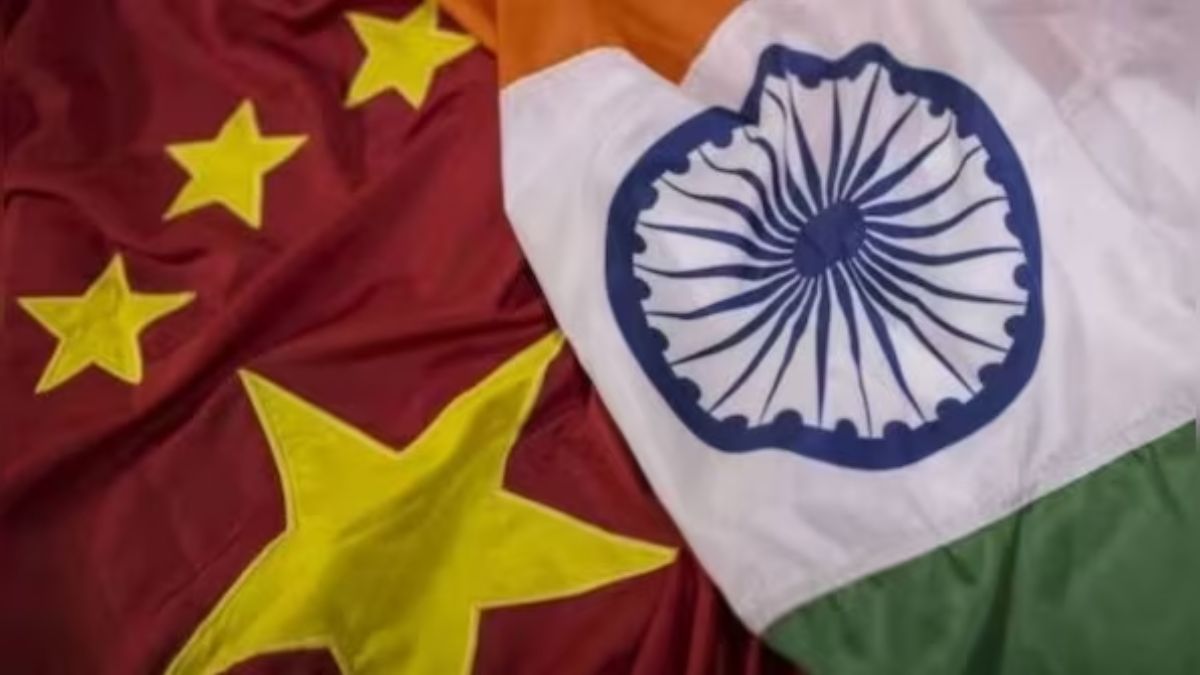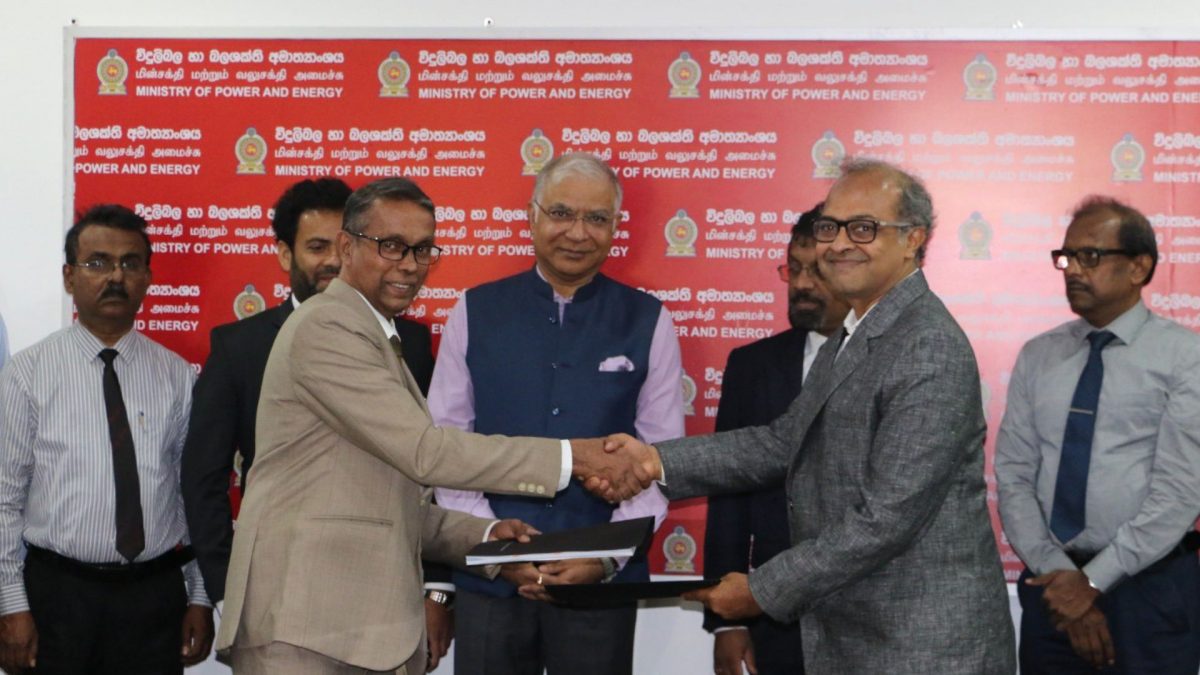Yogi Adityanath’s statement on resemblance between namaaz and surya namaskar has triggered a dissenting debate. Two diametrically different opinions have emerged among the Muslim clergy. Interestingly, a section of the ulema are supporting the Uttar Pradesh chief minister’s statement on surya namaskar’s asanas being akin to namaaz, welcoming it as an effort to advance the cause of religious inclusiveness in India.
The well-known Shiite Muslim cleric Maulana Kable Sadiq commented on Yogi Adityanath’s statement in a way wholly different from the conventional thinking among the Indian Muslim clergy. He exhorted the UP Muslims not to get afraid of Adityanath’s government but rather with their own (Muslim) leaders. “Muslim leadership is emotional about these issues as they do not have rational thinking. They should fear Owaisi and Dr. Mohammad Ayub,” Maulana told the media .
However, this time, not only Shia leaders like Maulana Kable Sadiq, but several Sunni clerics have also endorsed a reversing view in the community. For instance, an Islamic cleric of the Sunni-Hanafi school, Maulana Suhaib Qasmi, welcomed Yogi Adityanath’s statement saying that every religion guides towards preaching peace and this statement will help the nation unite. Maulana Qasmi, who is also the president of Jama’at-e-Hind, is reported to have said : “This belief followed by Yogi Adityanath and Prime Minister Narendra Modi is highly appreciated.”
These statements by the two Sunni and Shia clerics reflect an onslaught on the influence of conservative approach to Islamic faith and practice in India. Nevertheless, the conformist line of thinking is still deeply steeped in the community’s large sections influenced by the self-imposed custodians of Islam in India. All India Muslim Personal Law Board (AIMPLB), which had launched a campaign across the country against the state governments’ decision to promote yoga, has come out full throttle in resistance to this interfaith development. This has created a major churn in the community’s clerical circles. Several religious leaders are rebuffing the remarks in which the Sunni and Shia clerics appreciated the Uttar Pradesh chief minister for drawing the commonalities between surya namaskar’s asanas and namaaz.
Along with the opposition parties’ leaders, the influential Muslim clerics like Maulana Umair Ilyasi have expressed strong reactions to this attempt at comparing the Vedic and Islamic prayers which, in a way, creates a spiritual symbiosis between the two largest religious communities in the country. But one would be amazed at the naivety of Maulana Umair Ilyasi, the general secretary of the All India Association of Imams and Mosques. In his reactionary statement, he gave a paradoxical argument that “by linking the postures of the two different religious prayers, Yogi is trying to break the ties between the Hindu and Muslim religions”, as reported in the Urdu media .
What Adityanath was saying is that the Islamic prayer (salat or namaaz) performed by Muslims resembles different postures (asanas) of surya namaskar and pranayam commonly offered by the Hindus. This could be simply cited as a “beautiful example of harmony” between the two religions, as he did, regardless of the theological polemics and unsolicited controversies which are being created on it. In January 2009, much before Yogi Adityanath’s statement, India’s largest madrasa Darul Uloom Deoband’s cleric Maulana Adil Siddiqui was reported to have stated that ‘offering namaaz is also a form of performing yoga’.“If you observe closely ‘namaaz’, which every Muslim is expected to perform five times a day, is itself a sort of yoga and plays an important role in keeping a person healthy,” he said .
As a matter of fact, Islam and Hinduism have many doctrinal commonalities and similarities, both in faith and practice. The basic Islamic belief is the kalimah tauheed which reads: “La ilaha illal lahu” (There is no Lord but only One). Much in the same way, the Brahma Sutra or kalima tauheed of Vedanta goes like this: “aika brahma dutia nasti, nasti kinchit” (God is one and there is none except Him, not at all). Thus, the belief in the oneness of God is key to both Islam and Hinduism.
While the unity of God as the fundamental Islamic belief is well-embedded in the Quran: “Say God is only one (112:1)", it is also enshrined in Rig Veda: “There is only one ruler and creator of the world.” (Rig Ved 3.121.10) Therefore, Hindusim enjoins: “Do not worship anyone except God” (Rig Ved 1.1.8), and it also exhorts to ponder over this question: “He is the one worthy of being worshipped. So whom do they worship and present offerings?” (Atharva Ved 2.0.2). More to the point, the Quran defines Islam as the “natural religion” which goes much in the same way as the term “swadharm” has been mentioned in Bhagwad Gita to denote the religion which is taught by the nature and not by parents.
By highlighting these common grounds between the two religions, Indian Muslims and Hindus would only come closer to each other and thus can strengthen the foundations of their peaceful co-existence, better amicable understanding and socio-religious affinity.
As far as the controversy on drawing similarity between the Islamic Namaaz and Hindu Yoga is concerned, it could be sorted out with a deeper essence of the two religions. Both Islam and Hinduism are preached in India as a ‘spiritual path’ to “eternal salvation”. According to a verse in the Holy Quran (98:5), Islam is also called ‘deen-ul-qayyim’ (eternal or straight path) which is translated into the Sanskrit language as sanatan dharma or shaswat dharma. While the ’eternal salvation’ in Islam is defined as nijat-e-abadi, the same goes in Sanatan Dharma as moksha (liberation). Similarly, the Sufi Islamic concept of wisal-e-ilahi (union with the Divine) is no different from what is preached as advaita (non-dualism) in the Vendanta philosophy. Both faiths exhort their followers to stay conscious of their inner self (nafs or atman), while at the same time realising the Whole Being of the Divine (ilah or brahmana). While Muslims seek to attain the nijat-e-abadi during namaaz or Salat, Hindu followers tend to achieve the very eternal salvation through Yoga or meditation. Shaikh Hakim Moinuddin Chishti has eloquently expounded this deeper mystical symbiosis. He writes in The Book of Sufi Healing : “Namaaz is at once an external and an internal practice: a set of physical exercises and the richest spiritual nourishment. Therefore, some have compared them to yoga asanas. By considering each of these aspects in some detail, we can learn why the Sufis have considered in many cases that they would rather die than forgo their namaaz.”
An enlightening example of the close resemblance between Hindu and Muslim faiths is the foundational notion of wah’y (divine revelation) in Islam and that of shruti in Hinduism. Shruti denotes the divine texts that were heard by Rishi-munis (prophets or sages) directly from God. In the same way, Wah’y or the Quranic revelation is revered as the verbatim speech of Allah revealed to His Prophet Muhammad (PBUH). Just like the shruti texts in the Hindu scriptures, the Quranic texts of wah’y are believed to be the divine words which the Prophet “heard” from Allah. Many authoritative Islamic scholars like the Naqshbandi Sufi philosopher of India, Mirza Mazhar Jan-e-Janaan opined that the Rishi-munis who heard and taught the shruti texts may well have been the prophets to whom God revealed the earliest scriptures known as suhuf al-awwalin in the Quran.
Going by this Sufi narrative, it is interesting to note that the people of the first divine revelation (shruti) and the those of the last one (wah’y) have been brought together in India. No wonder then that the early Arab historians like Al-Bairuni and Ibn Nadeem translated the Vedic manuscripts into Arabic in an era known as the “golden age” in Islamic history. But today, 99 percent of the misunderstandings between Muslims and Hindus emanate from their ignorance about each others’ religions. Over a thousand years ago, Al-Bairuni wrote “Kitab al-Hind"(The book of India), an encyclopedic work on the religious traditions of the Hindus. He explored nearly every aspect of Hindu life — religious, cultural and intellectual — within a rich cultural context. One could be surprised to see the translations of Varahmihir, Brihat Jatak, Krishna Avtar and Vishnu Puran in Al-Bairuni’s Kitab al-Hind. An earlier Firstpost article has pertinently noted, “Muslim travellers in India, fascinated by yoga’s teachings, started bringing translated works to the Islamic world almost a millennium ago. The Mughal emperor Jahangir commissioned a Persian text, Bahr al-Hayat, which depicted 21 asanas, or positions….It is heartening to see some Muslim groups have taken the UP chief minister’s statement in the right spirit.”
The author is a scholar of classical Islamic studies and comparative religion, cultural analyst and researcher in Media and Communication Studies. He can be reached at grdehlavi@gmail.com


)




)
)
)
)
)
)
)
)